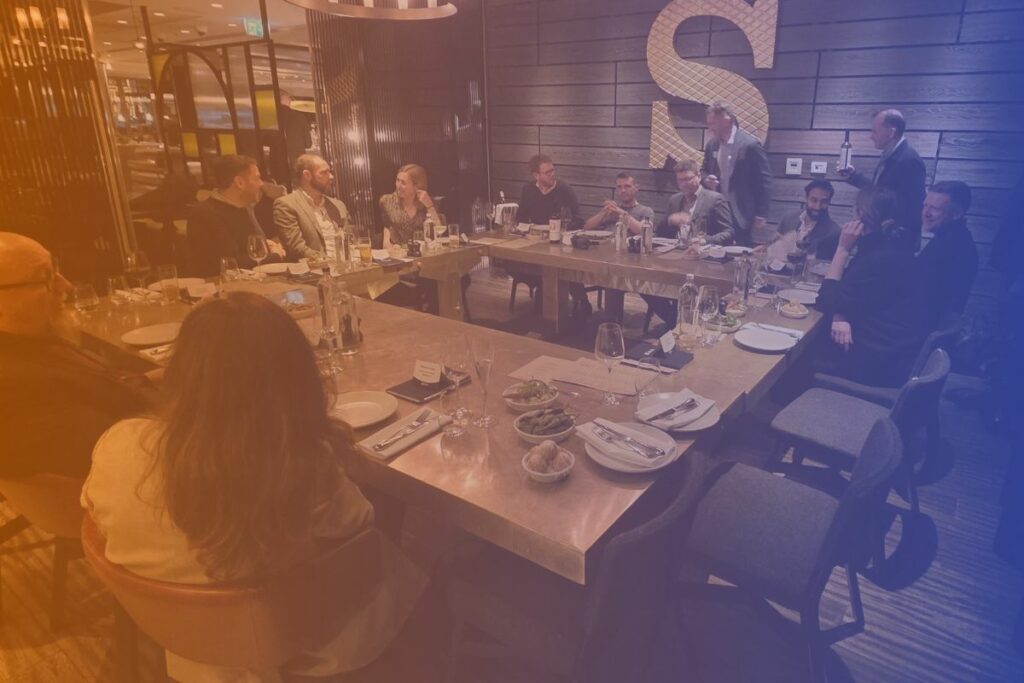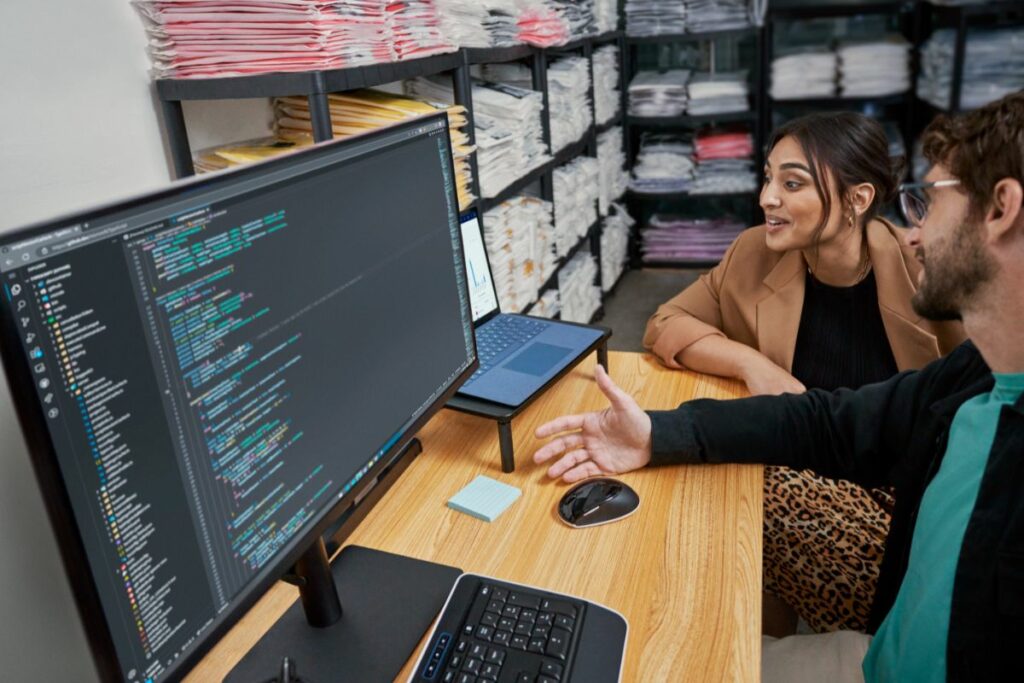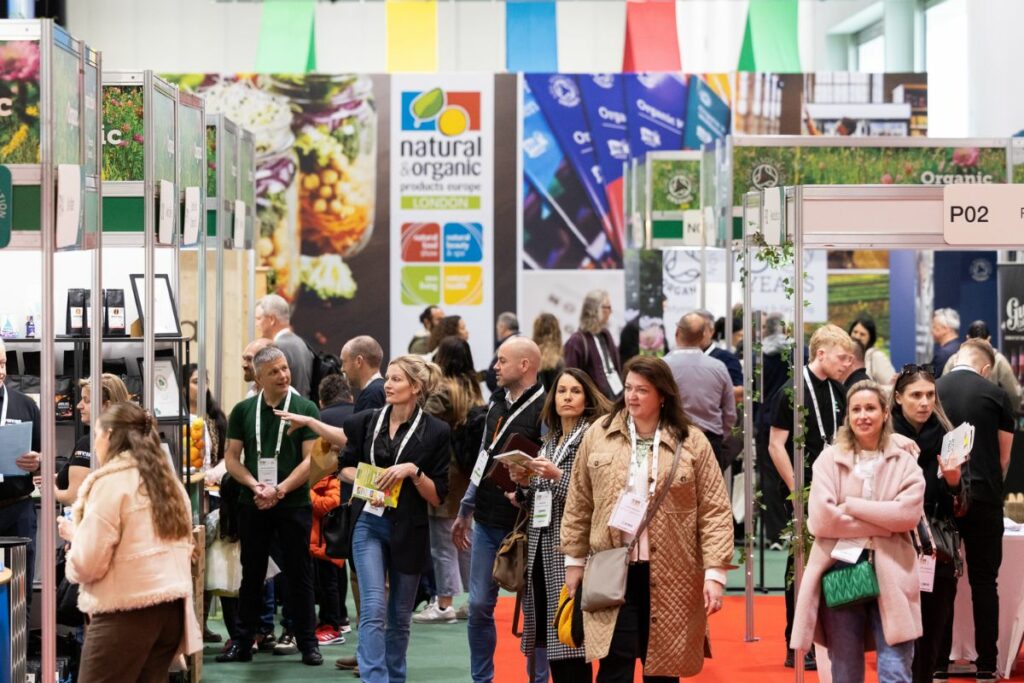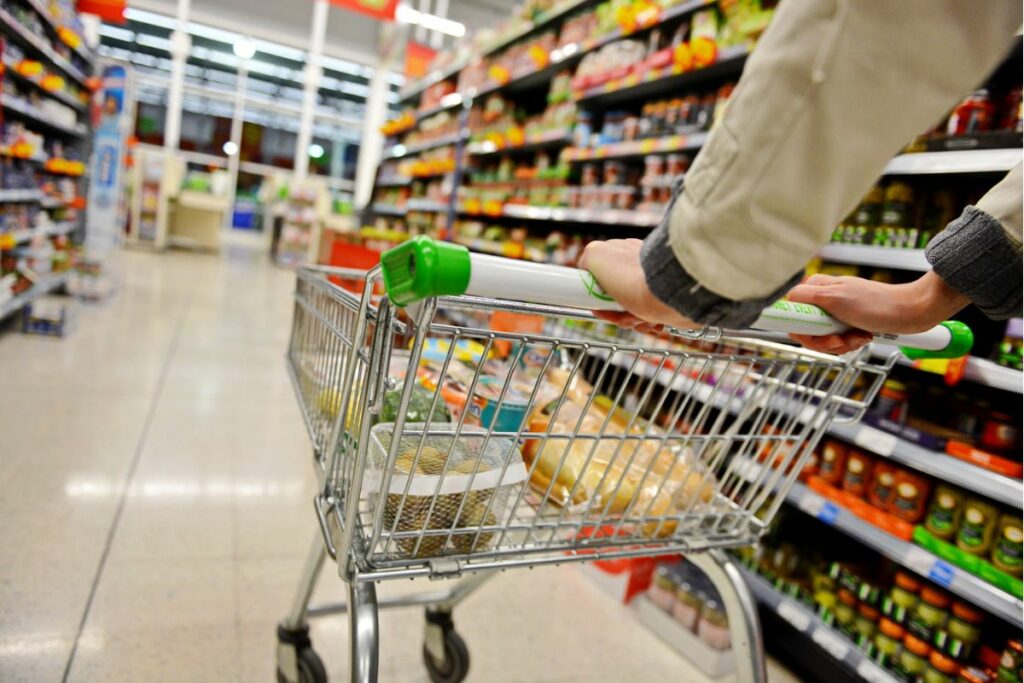Competitive pressure in retail has never been keener, so efficiency and optimisation are the watchwords for 2024. But optimisation is so much more than just cutting costs, it is the key to optimum availability and planning, the perfect inventory scheduling and the key to cutting waste and meeting sustainability targets.
If that wasn’t enough, it also underpins how this all fits into supply chain management, promotion planning and managing those crucial relationships with suppliers.
Sweden’s leading grocery chain ICA knows this only too well. Unique among Europe’s grocers, ICA has 1300 stores across Sweden, and each is an independent store that draws down supplies from ICA’s central warehouse.
The challenge is how to optimise replenishment across the vast network of independent stores – a challenge that ICA’s ERP program owner and manager warehouse replenishment and forecasting, Richard Belec, was keen to discuss at Retail Gazette’s recent closed door roundtable dinner in early February.
The ICA story
The challenge ICA faced, said Belec, centred on having no system support for warehouse replenishment when its chain of retailers could randomly request deliveries. Instead the company found itself focussing on reactive replenishment, with little capability for replenishment planning, simulation, or optimisation.
This was compounded by actors in the supply chain doing their own forecasting – with some doing no forecasting at all – making it tough to know what was coming down the pipe.
Consequently, with no common forecast base, management of supply chain, categories, space and promotions were unable to be synchronised. ICA, Belec told attendees, needed the capability for advanced forecasting, along with the attendant support for warehouse replenishment, common forecasting and connection of all processes across the supply chain to give a single view of what was going on across this complex web of stores and suppliers that could act as a replenishment system and an integrated forecasting platform.
ICA had turned to long-term tech partner RELEX– who, for full disclosure, sponsored the roundtable dinner – to seek such a solution. And, in revealing how that project has played out, drew the other retailers into a lengthy discussion across replenishment, data science, AI, secondary replenishment and how technology across the business needs to provide data for the forecasting and replenishment systems in all retailers in this day and age.
Range and replenishment forecasting
All assembled agreed that they need to connect their businesses from the warehouse to the shelf to accurately and efficiently keep on top of replenishment. But this isn’t always that easy.
Across these retailers it is increasingly vital to look at why things sell, why do they sell out and what do shoppers buy instead when their first choice is gone. These insights are vital for proper forecasting and there are a varied way of gathering this data.
Firstly, experience plays a key role. Knowing what sells when and in what quantity is something that all retailers get a feel for. Day-by-day and even hour-by-hour, most retailers know how their product moves.
However, as with all systems there are anomalies. ICA’s example is that in one region a local store may decide to do a promotion based on local events, which may or may not be something that has been predicted on past behaviour. This is almost unforecastable, instead seeing ICA’s warehouse having to rely on security stock and the agility to make up for the sudden departure from the warehouse of more of one thing than was predicted.
Digging the new data
While data on what is – and isn’t – selling is vital, there is a growing move towards the longtail of data among retailers, drawing on an ever-wider pool of information out there in the digital world.
While the assembled retailers all were using weather data, all agreed that the net was increasingly having to be spread further and wider. For example, retailers can predict sales across a significant event based on historical data from the same or similar events in previous years.
But this is only the beginning. Understanding micro-events – smaller, more focussed occurrences based around a celeb doing or saying something on social media for instance – are increasingly important in predicting consumer behaviour.
The retailers gathered agreed that this was increasingly going to be important to replenishment and the supply chain, but it was still unclear how best to get this data, parse it and, most importantly, implement its findings.
This is the brave new world of data: the long tail of trends and events that lurk within the digital world. As posited by the roundtable’s chair, perhaps this was a job for AI – spotting those trends hidden from human data analysts’ eyes?
The room agreed, but made the point that reacting to, say, a social media post by a celebrity that will cause an immediate rush on a particular product was very hard to predict, even with today’s AI.
How it worked for ICA
So, what happened at ICA? According to Belec, the company now has a modern tool that is focussed on proactive planning and exception-driven work, so his job involves a lot less fire-fighting. It is also easier to handle increasing volumes of sales – something highlighted during Covid, when sales went up 10% and ICA handled the process without extra staff; something he says would not have been possible without the RELEX system.
Perhaps the most interesting thing, in light of how the conversation played out across the evening was that ICA now finds it much easier to analyse the data it accrues. This gives it better insights and has led to much better decision making. The shot is that forecasting around replenishment, transport, warehouse and workforce are now much more effective. This has also seen automation of manual filling in stores, cutting out a lot of workforce effort and time that can be better spent.
Click here to sign up to Retail Gazette‘s free daily email newsletter


















